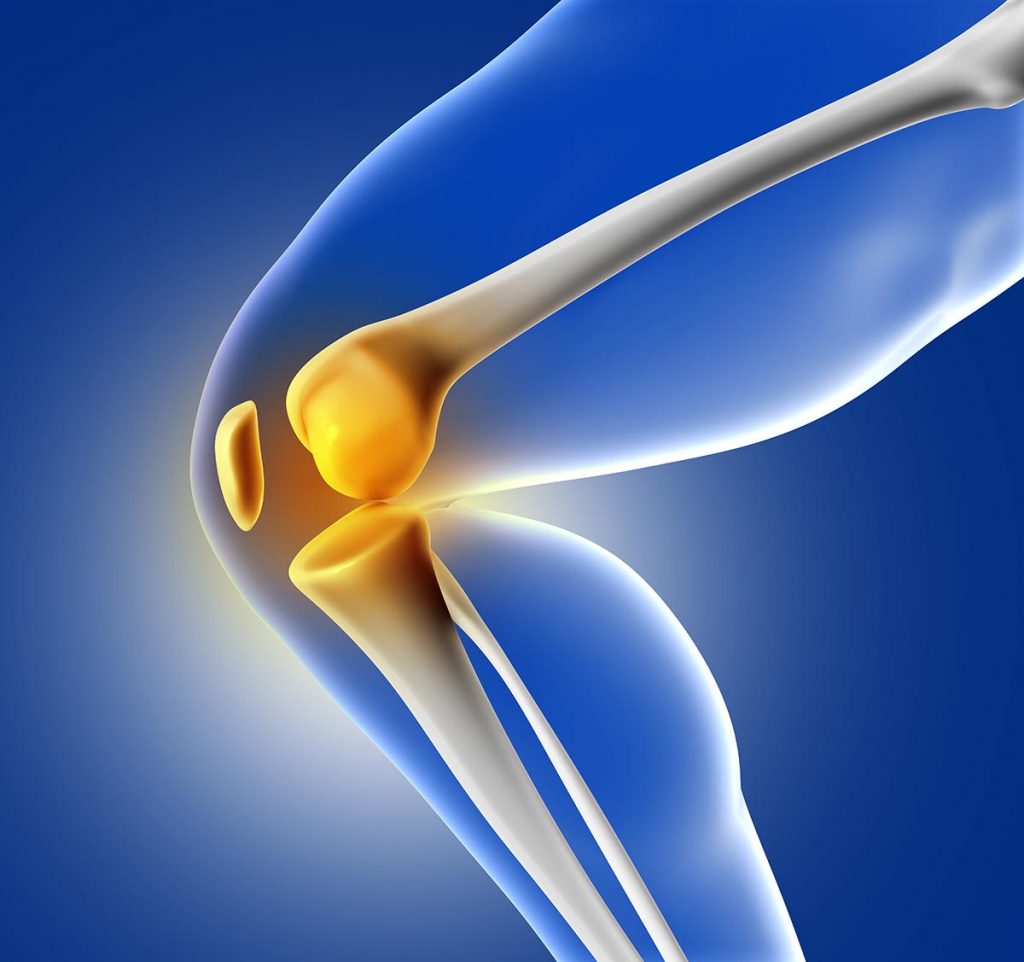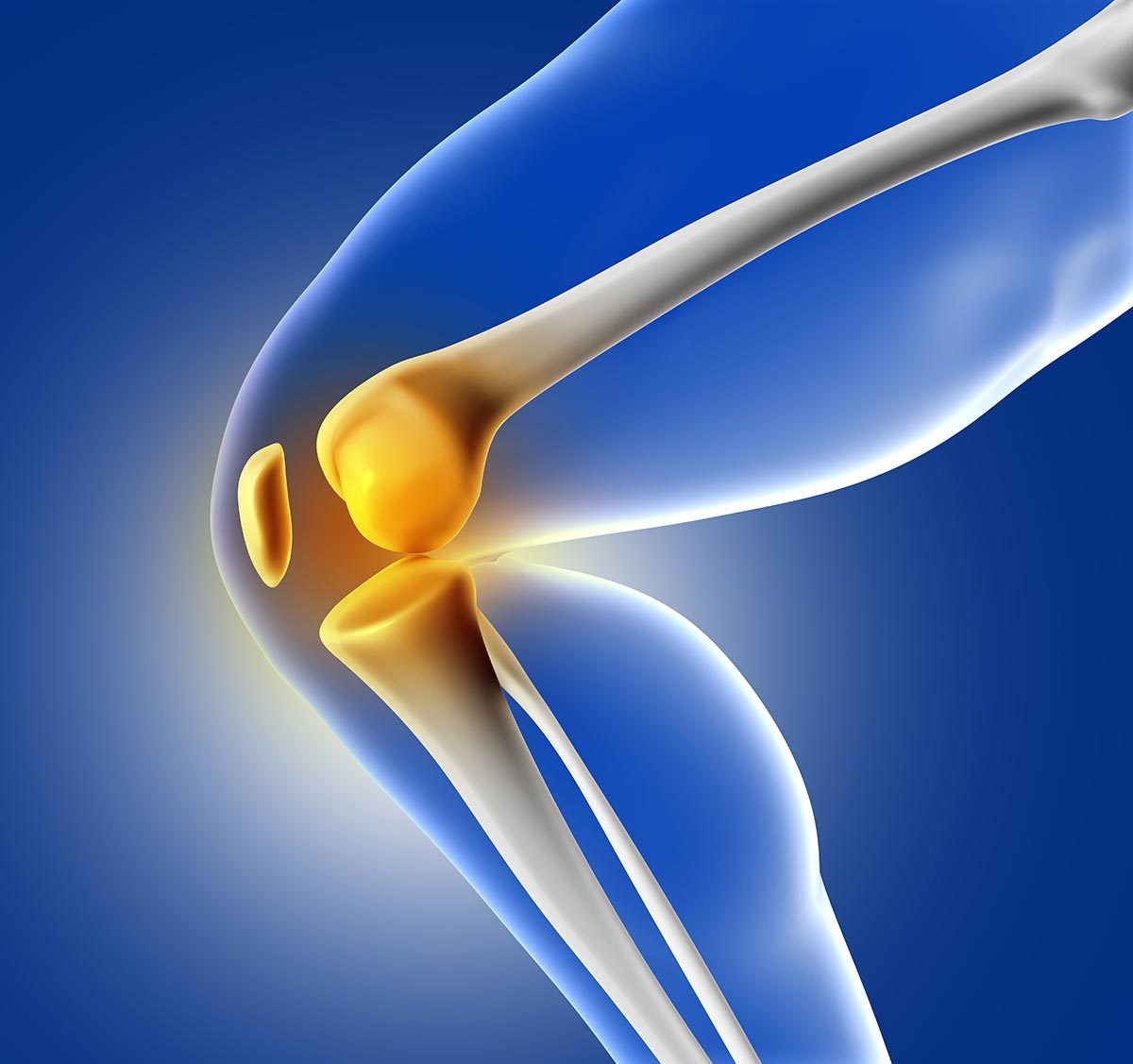Metabolic Bone Conditions (MBD)
![]()
Call (703) 520-1031 or use the form to send us your contacts.

Metabolic Bone Conditions (MBD) is a general term that includes a host of diseases and clinically related disorders in which an abnormal bone remodeling process occurs. Bone strength and structures are impacted by abnormalities of mineralization, vitamin D deficiencies, certain drugs like steroids, and a variety of diseases like Paget’s disease.
Skeleton bones are constantly breaking down and rebuilding. The two main components of the bone building process are osteoid (collagen) and the mineral complexes calcium and phosphate that are contained in the collagen. When the rebuilding process is abnormal, bone density is reduced. As a result, the bones become brittle or weak, causing many physical problems.
What are the Types of Metabolic Bone Diseases?
Metabolic Bone Disorders are referred to as Metabolic Bone Disorders (MBD) and Metabolic Bone Disease (MBD). The terms are often used interchangeability, but they all refer to a spectrum of diseases and disorders involving skeletal bone degeneration. The most common type of MDB is osteoporosis. Approximately 57 million people have osteoporosis or low bone mass. Women over the age of 50 are particularly vulnerable to developing bone diseases like osteoporosis.
MBD can impact the general skeleton or a specific bone or set of bones. Some of the most common types of Metabolic Bone Diseases or disorders are the following:
- Osteoporosis
- Osteomalacia (adults)
- Rickets (children)
- Paget’s disease
- Osteogenesis
- Osteopetrosis
- Fibrous dysplasia
- Renal Osteodystrophy
This is certainly not a complete list, but it does give an idea of the wide variety of diseases and disorders that fall under the umbrella term MBD.
What are the Common Metabolic Bone Symptoms?
Bone disorders are often left untreated because the symptoms remain hidden until something serious happens. Osteoporosis is sometimes called the “silent disease.” Technically, the first symptom is an abnormal bone-rebuilding process, but the external symptoms drive people to seek medical attention. For example, someone with osteoporosis experiences a bone fracture due to bone fragility. Sometimes, people discover they have MBD after getting X-rays or blood tests for a different medical problem.
Typical metabolic bone symptoms include:
- Fragility or spontaneous fractures
- Visible bone deformities
- Back pain
- Compression of the spine leads to height loss
- Kyphosis (curvature of the spine)
- Bone or joint pain
The most common fragility fractures include the hip, wrist and vertebrae. However, any bone is subject to MBD. Detecting the specific type of MBD typically includes lab investigations, x-rays and bone scans.
What Does the Metabolic Bone Treatment Involve?
There are many ways to manage a Metabolic Bone Disorder. Treatment is a joint effort of the patient and the pain doctor, and the specific type of metabolic bone treatment depends on the bone disorder. For example, osteoporosis is managed with exercise, increasing Vitamin D and calcium intake, estrogen replacement, taking bisphosphonates and other elements critical to bone building.
When a bone is severely deformed, it may be necessary to undergo an invasive diagnostic test like discography or surgery. The Spine & Pain Clinics of North America (SAPNA) can diagnose and treat Metabolic Bone Conditions to relieve pain and slow the progression of bone weakness and bone deformation.
Learn more about modern treatments in SAPNA Clinic.
